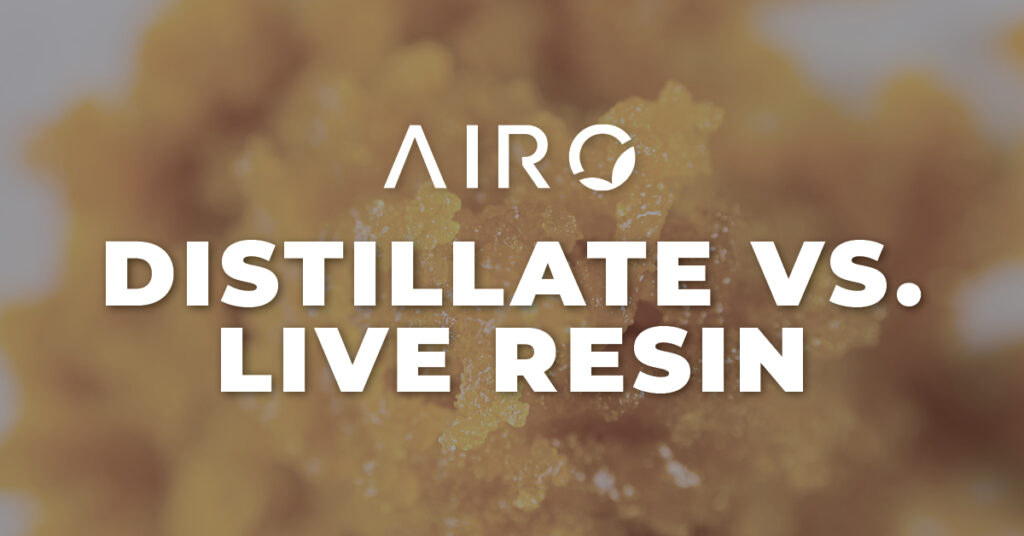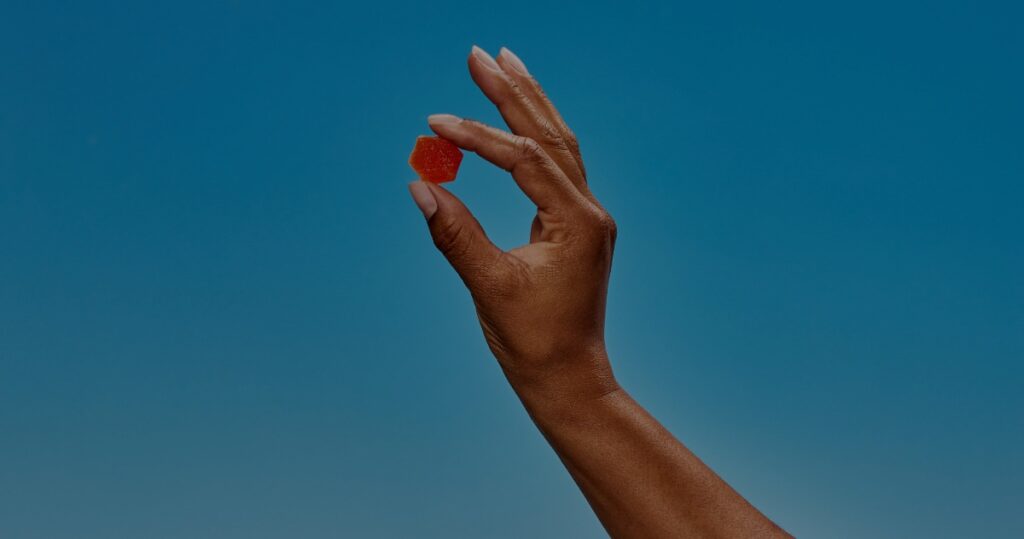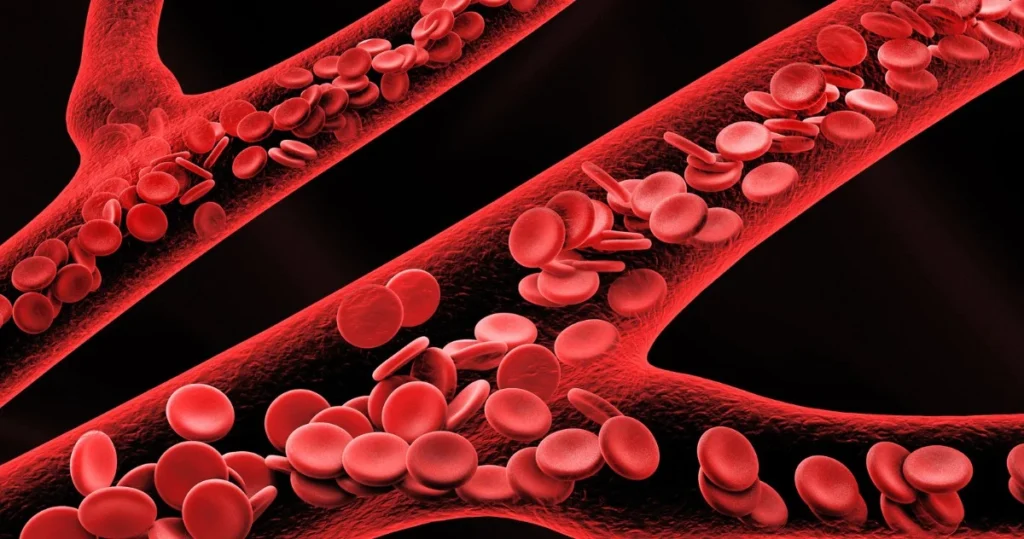
When it comes to consuming cannabis, not all methods are created equally. With equal bioavailability, that is. The bioavailability of cannabis is heavily impacted by your consumption habits. In this blog, we’ll examine the two main methods of consuming cannabis: inhaling vapor and eating edibles, and everything you need to know about bioavailability.
What does Bioavailability Mean?
Bioavailability refers to the amount of a substance that enters your bloodstream and has an active effect on you. It’s the amount of a substance that reaches its “intended biological destination.” Basically, bioavailability is a measurement of how much substance is used versus wasted in your body.
Bioavailability is a pharmacokinetics term, the study of drug movement throughout the body. Not every substance is 100% bioavailable – a less bioavailable substance requires a higher dose than one that is more bioavailable. Exactly how bioavailable a substance is depends on a few factors:
- The dose size
- How you consume
- Complex metabolic factors
How you consume a substance like THC changes how it’s absorbed into your body. For instance, when you hit a vape cartridge, the THC passes into your bloodstream through your lungs. But with edibles, it must first pass through your digestive system for the THC to make its way through your liver and into your bloodstream.
The Bioavailability of Cannabis
Just how bioavailable are your cannabis products to you? Well, the bioavailability of cannabis varies, based on a few factors.
Cannabinoids like THC and CBD must bind with receptors in your endocannabinoid system to have an effect. These receptors are present in your brain and every other organ in your body. The bioavailability of your cannabis products depends heavily on how you consume them.
THC is “highly lipid soluble” which means that it dissolves in fat and much of the cannabis in your system is taken up by your fat tissue. (This lipid solubility is one of the reasons that people who consume THC frequently build up a tolerance – your body holds onto the metabolites of THC.) Much of the THC or CBD in your products is passed through your body as waste or stored in fatty tissue.
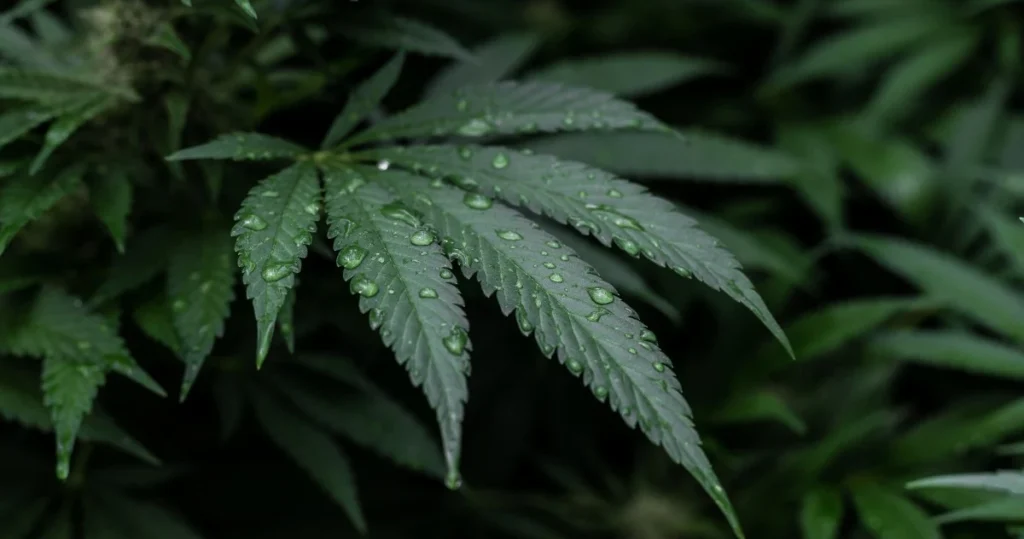
Factors that Influence the Bioavailability of Cannabis
- THC tolerance
- Personal metabolic rate
- Diet
- Potency or dose
- Consumption rate
- Entourage effect and presence of other cannabinoids
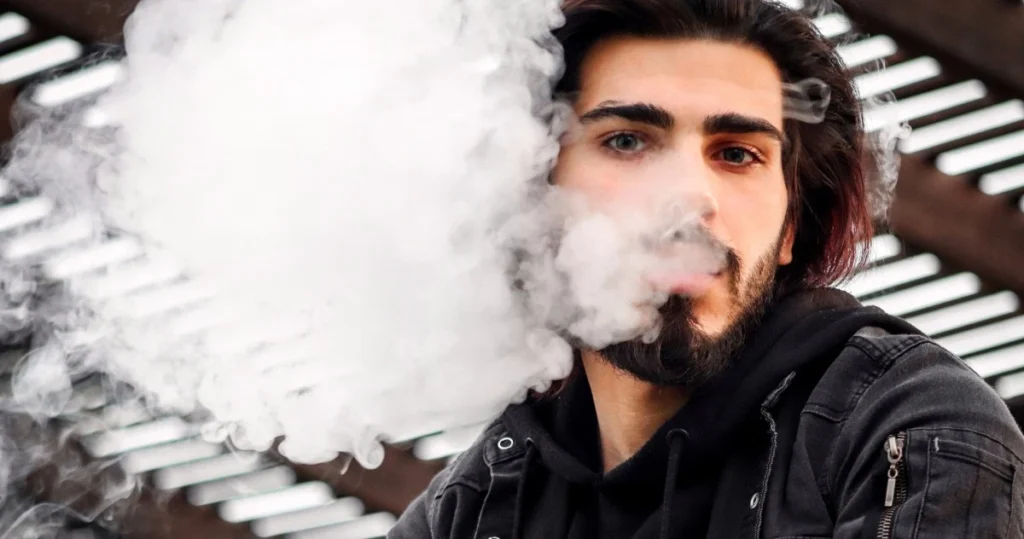
How Bioavailable are Weed Vapes?
Weed vapes are perhaps the most bioavailable form of cannabis.
- A 2020 study looked at the bioavailability of inhaled cannabis and concluded that the “bioavailability of inhaled THC is 10% to 35%.” The study found this range of absorption was consistent “across all users, light and heavy.”
- A study from 2016 examined four different weed vapes and found that the bioavailability of THC was as high as 50% – 80%, although these were dry herb vaporizers rather than cartridges.
- An older study from 2005 found that the average THC bioavailable is 30%, but they studied cannabis with much lower THC potency – and remember, the dose affects the bioavailability. The biphasic effects of THC mean that you can overwhelm your ECS receptors with too high of a dose. The measurement of “too high” is subjective and depends on your tolerance.
There is not much research that differentiates between smoked cannabis and vaped cannabis: most studies examine “inhaled” versus “orally consumed.” But there is a consensus that vaping cannabis makes it, at least slightly, more bioavailable, and some cannabis professionals believe that vaporizing cannabis makes it between 50 and 80% bioavailable. Vaping cannabis delivers a higher ratio of THC compared to smoking, which has a high THC-to-tar ratio on the inhale.
Factors that affect the bioavailability of your vapes include how large of a hit you take and how deeply you inhale it.
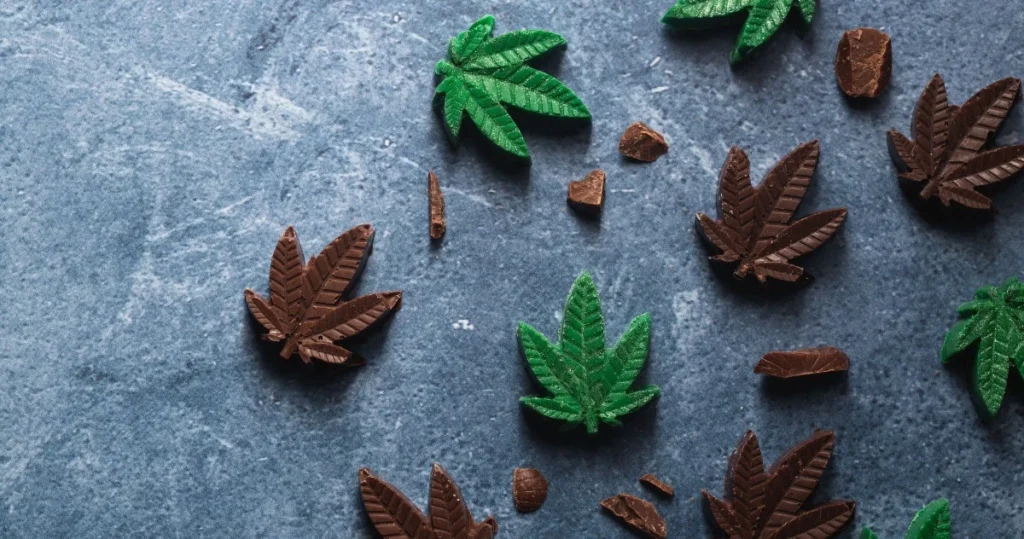
How Bioavailable are Cannabis Edibles?
You take a 10 mg edibles and expect that that dose is what your body is reacting to – but in reality, all 10 mg may not make it into your bloodstream.
The same 2020 study that looked at inhaled cannabis also looked at edibles and concluded that the “bioavailability of ingested THC is only 4% to 12%. Some reports put the bioavailability of edibles at up to 13% – 20%, but more research is needed.
The main reason that edibles are less bioavailable is due to the absorption process. Edibles must first pass through the stomach and into the digestive system for the THC to undergo the first pass through the liver and deliver the THC to your blood stream. The state of your digestive enzymes and gut health have a major impact on the absorption of THC, and exactly how a 5 mg or 10 mg edible feels will vary from person to person.
One potential way of improving the bioavailability of edibles is with nano-particles. The bioavailability of edibles with nano-particles, or incredibly microscopic particles, is thought to be higher, as nanotechnology was created to enhance the bioavailability of substances, but this has not yet been proven in cannabis research.
Another potential way to increase the bioavailability of cannabis edibles is to combine them with a fatty food or meal. Since THC is a lipid-loving molecule, having fat in your diet helps your body absorb the THC better. If you find yourself not “feeling” your edibles as much as you’d like, try eating one after dinner or with a balanced snack.
But remember – edibles also last longer in your system than vaping does. You’ll feel the effects of an edible for up to eight hours after taking it, compared to vaping, which lasts around three hours.
Are Edibles or Vapes More Bioavailable?
All things held equally, vapes are the more bioavailable form of cannabis.
Comparing edibles to vapes specifically, research shows that inhaled cannabis, like vapes, are slightly more bioavailable. The 2020 study that examined the bioavailability of inhaled and orally consumed cannabis found that “in general, inhalation produces a stronger psychoactive effect than ingestion.”
This is good news for people looking for a consumption method with rapid effects and a high rate of absorption into your system. Put simply, vapes deliver the effects of cannabis quickly.
However, a stronger experience is not always the goal. Many people turn to cannabis for help relaxing or sleeping, and an intense high may not be helpful. The lower doses of edibles and lower absorption rate make this consumption method perfect for people are looking for a gentle push into a state of bliss rather than an intensely euphoric experience.
And there is the length of the experience to consider: vapes tend to last for about three hours at a time, while edibles last between six and eight hours. The length of effects should also be considered when deciding how to consume cannabis.
Is the Bioavailability of Cannabis Important?
The bioavailability of your cannabis products is important to consider when consuming – but it’s also not the most important factor. Our carefully crafted formulas of cannabinoids and terpenes create an entourage effect that ensures you’ll feel your cannabis dose, whether you want to get sky high or simply find a lift to end your day with. Whether you prefer edibles or vapes is a personal choice, and many people enjoy having both on hand to have options for consuming.

